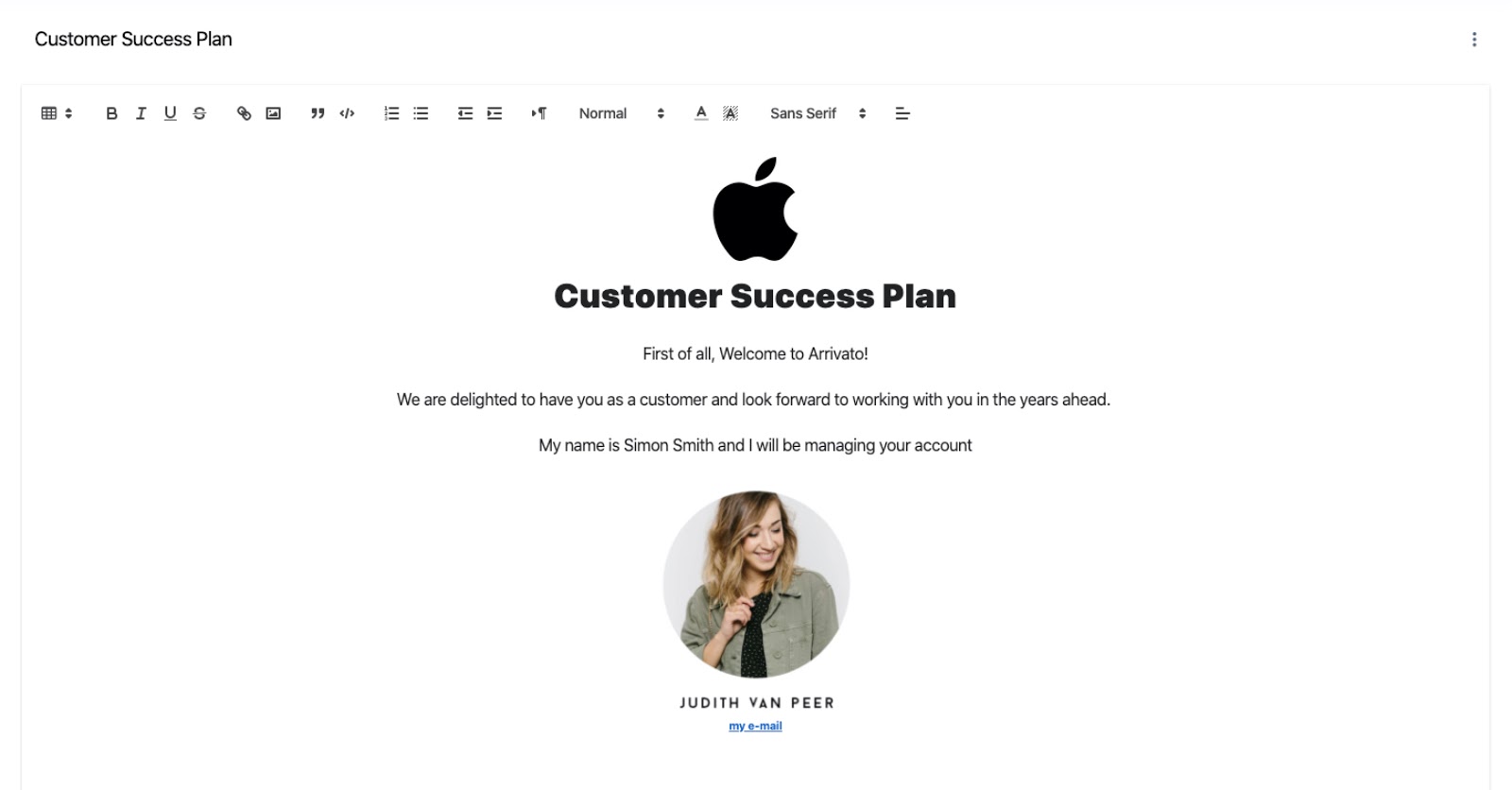2020-01-17

Introducing Customer Portals

5 min read
We founded Planhat at the end of 2014 after experiencing the struggles of scaling Customer Success in traditional CRMs.
Back then the concept of a Customer Success Platform did not exist as it does today, so since the beginning, building Planhat has been about understanding challenges in Customer Success, listening to clients and innovating with solutions.
Among many innovations along the way, we were the first to recognize the need for segment specific health scores, the first to introduce a subscription management module and the first to use Slack for both real-time alerts and customer summaries on-the-go.
Over the last 6 months we have been soft launching another innovation in Customer Success, Customer Portals.

Customer Portals is the world’s first customer collaboration platform, enabling you to build a transparent and collaborative space between you and your customer to create trust and drive efficient processes together.
In a previous blog post we discussed the future of Customer Success being predicated on data-based decision making and transparency. Our Customer Intelligence module already gives you complete flexibility with your customer data and now Customer Portals enables you to provide complete transparency to customers, while bridging the operational gap between Customer Success and Project Management.
If you step back for a moment, it is surprising that Customer Portals does not exist already. Transparency and collaboration sit at the very heart of customer success. True Customer Success means a vendor:
-
Understands what goals their customer wants to achieve with their product.
-
Will work proactively to ensure those goals are realised.
Both of these require transparent communication and collaboration to ensure they happen. At minimum you need a mutually agreed success plan, mutually agreed responsibilities and shared usage data showing the adoption of the vendor’s product by the customer’s team. At the high touch end of the spectrum these are often human led processes, while at the low / tech touch they may be marketing or product led processes, but exist nonetheless.
Surprisingly, today many vendors do all of this internally, using internal playbooks and internal dashboards to track progress and adoption but do not provide the same insight to their customers. This hides key information from customers, creates confusion and prevents full customer/vendor trust from being established.
Let’s take high-touch Onboarding as an easy example. High Touch onboarding typically involves multiple separate actions by both the customer and the vendor. Often there are different stakeholders across different teams with Sales, Implementation, IT, Professional Services, Customer Success involved on the vendor side alone, and it can last anywhere between a few days and many months depending on the product.
With all these processes and stakeholders involved, regardless of the timeline, each Onboarding is a Project requiring traditional Project Management thinking as much as Customer Success. Somewhere there needs to be a master list of all tasks, task owners, deadlines, dependency between tasks and an overall strategy so no one involved loses sight of direction. In Customer Success language this boils down to a collaborative onboarding playbook and a mutually defined success plan.
At Planhat we typically onboard our customers in under 30 days and we definitely noticed this challenge. In fact Customer Portals began life as an internal tool to respond to the problem. During Onboarding we found there was a communication gap with customers that created inefficiency. There were things we needed to do and things our customers needed to do, but nowhere obvious to show progress of both side by side. In addition we found ourselves emailing success plans, discussing plans on the phone, using Google Docs and generally opening up doors for information to get lost and deadlines to be missed.
With Customer Portals, we decided to build a solution in which Playbooks and Tasks from Planhat could be shared with customers, so everyone knew what needed to be done, who was doing it and by when it should be done.
The natural extension was to include the ability to build interactive Success Plans and share them alongside the Playbooks designed to implement them. Once we had this in place we found Onboarding worked far more smoothly and there was a great deal more collaboration with customers.
As we rolled this approach out, we wanted to find a segway to business reviews and this came with data. By enabling dashboards created in Customer Intelligence to be available in Customer Portals and update in real-time, we could show the progress from Onboarding through Adoption and into our first Business Reviews and beyond. It made a lot more sense than the relative chaos of before, provided data-backed context during Onboarding and resulted in improved Onboarding time and a significantly better experience.
Today our Customer Portals has expanded beyond sharing Playbooks, Success Plans and Dashboards. We believe that customer collaboration will become a more and more significant and expected part of customer success this year and in the years to come, and are building the footprint for our customers to lead this change.
Please get in touch with your CSM or send us an e-mail if you would like to learn more.
Join our newsletter!
Receive the latest news, updates, and invitations to our events.
Being data-driven, are we there yet?
Being data-driven should be standard nowadays, but many organizations still struggle with it. Every company wants to be data-driven, but putting it into practice is the tough part.
How to transition from a cost center to a profit center in CS
Many in CS shy away from the commercial aspects of the business, but it's a missed opportunity to keep the conversation moving around maximizing and driving value for customers.
It's worth the risk: Identifying and managing risk in CS
When faced with risk in CS, it’s hard to know what the first step should be. We've developed an actionable plan based on experience from three CS experts.
Learn more about
Planhat
Drop your email and let us show you our platform!











